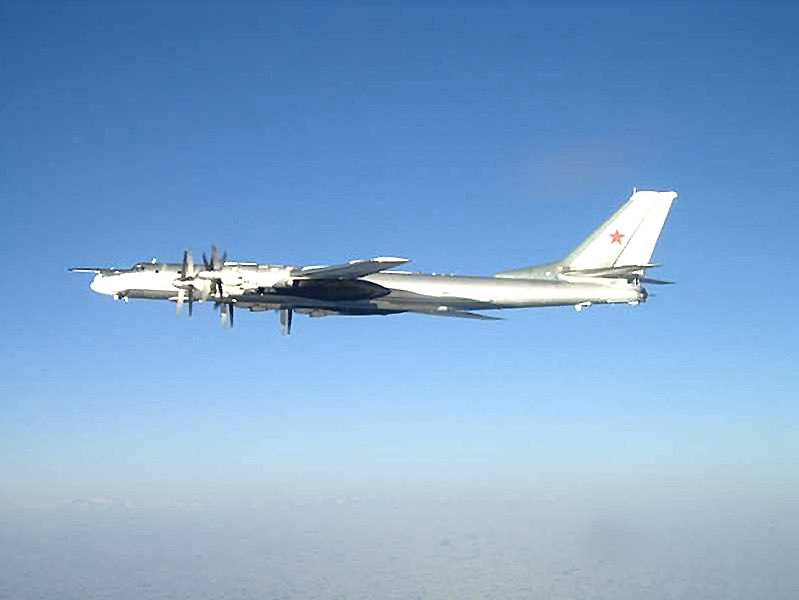The Ukraine Tell
In the game of poker, it's called a tell. A tiny twitch, a blink, or slight movement tells the seasoned observer that something is not as it appears. The master-card-players can use these unconscious movements and habits to read their opponent and gain a competitive advantage over their foe.
In times like this, it is a unique skill when so many are trying to deceive. The War in Ukraine is a particularly dark place if you're trying to find the truth of the matter. All parties involved in this conflict, from Ukraine to Russia, to the United States and NATO, are utilizing spin to paint their situation in the best possible light. The capabilities on both sides of the conflict are, no doubt, enhanced.
Earlier this week, Politico reported that the United States is reluctant to supply Ukraine with ATCAMS missiles. Principally because to do so would reduce our supplies to levels needed for our defense in case of War. We need more of these missiles.
And it is more than missiles that we're running short on. Recently the State Department provided a complete list of all the arms and equipment that the US has supplied to Ukraine (https://www.state.gov/u-s-security-cooperation-with-ukraine/): 1,600 Stinger anti-Aircraft Systems, 8,500 Javelin anti-armor systems, 50,000 other anti-armor systems, and over a million 155mm artillery rounds.
The 155mm rounds are standard for the United States and the NATO States. They are used in substantial numbers for the training of those armies. Combine this everyday use of the rounds with the over one million sent to Ukraine, and you can see that the US has had to deplete its existing reserves. Worse, the US decided to curtail the 155mm Howitzer production. The Army and Marines upgraded their 155mm systems to more advanced Missile Launchers as part of their Force Design 2030 program. The likely result is that Ukraine and NATO will run out of this critical battlefield weapon in the next few months.
So here lies the difference between the United States' approach to War and Russia's. The United States relies on the most advanced military technology for its fighting capability. It will phase out the tired and true 115mm Howitzers for the more advanced, precise field missile systems. You may recall the incredible videos from the Iraqi War, demonstrating precision-guided missiles obliterating entire buildings. It was as high-tech a demonstration of modern warfare as we've ever seen.
Russia is more than willing to use every weapon, from traditional howitzers, like the 155mm, to the propeller-driving, long-range bomber, the Tupolev TU-95. Russia employs an eclectic range of weapons for its War with Ukraine.
This difference in military equipment has dramatically changed how the two superpowers approach the War.
The United States has been willing to provide Ukraine with some of the most advanced weapons in its arsenal. American Military leaders believed advanced technology would make all the difference in the battle.
So the United States has sent Ukraine a complete Patriot Air Defense Battle System, 31 Abrams Battle Tanks, Two Harpoon Coastal Defense Systems, and 20 High Mobility Artillery Rocket Systems (HIMARS).
The principal issue is that these high-tech systems require high-tech operators, with weeks, sometimes months of training to become fully competent. Unfortunately, the constraints of the Ukraine War do not provide the time or resources to allow enough Ukraine Army personnel to become fully trained before they are thrust into battle.
On the other hand, Russia has used a quantity-over-quality approach to its battle plans. It is not unusual to see Russia lunch 75 to 100 missiles and drones against Ukraine. Perhaps these missiles don't have the payload of the individual missiles seen in the Iraq War, but the sheer numbers provide a much broader scope to their attack. Additionally, the more low-tech weapons require less training of their soldiers to become fully proficient.
Finally, there is a critical distinction between the United States' approach to the Ukraine War and the Russian approach. The United States relies on a select group of Military Contractors to provide the weapons and munitions from our high-tech factories producing advanced weapons. But there is a limit to this kind of production.
So far, the US has provided Ukraine with well over half a million 115mm. But at the same time, the US only produces roughly one hundred thousand per year. Consequently, we must dig deep into our inventory to supply rounds to Ukraine. And this is happening with other munitions and equipment.
Reducing production, just as it was needed the most. To cut expenses, the US cut back on military production levels just before the War began. We were caught off guard and completely flat-footed.
On the other hand, Russia has been ramping up its economy to a proper War-Time footing. Estimates are that Russia is producing virtually all the provisions needed to continue the War. Missiles, drones, and equipment are being manufactured in Russian factories as required.
These Russian production levels do not bode well for the continued pursuit of the conflict. In comparison, the US has announced that it will not be able to supply all the needed provisions for Ukraine. While Russia does not have such issues, they appear to be entirely self-sufficient.



